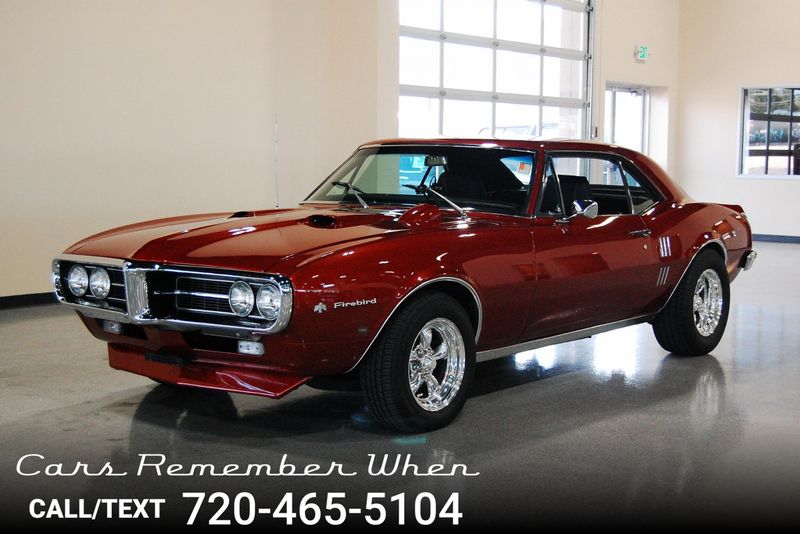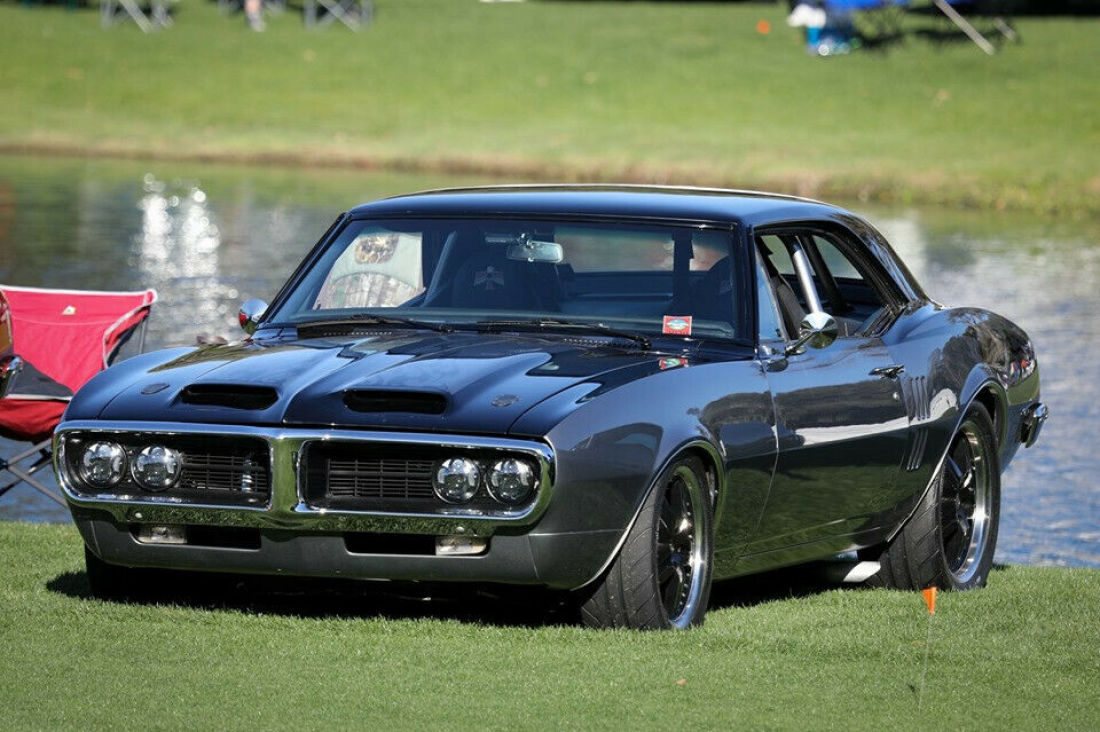

Each year, Pontiac offered a number of different engines under the hood, including both six and eight-cylinders. The coupe was by far the more popular option and sold much better. Pontiac offered two body styles, a two-door coupe and a two-door convertible. Differentiating the two was the grille, beaked hood, and GTO-style headlights. The Firebird was however about $100 more than the Camaro with standard equipment. They rode on the identical GM F-body platform, so pretty much everything was the same except the badging and some of the engines. Pontiac released the Firebird on February 23, 1967, less than six-months after introducing the Camaro.

A 1969 Pontiac Firebird Trans Am easily goes for north of $100,000 if in good condition, and prices skyrocket from there. Today, the first and second generation Firebirds are some of the most sought out on the collectors market. Unfortunately, things quickly fell apart, and the generation ended in 1981 with its worst year for sales since 1973. By now, Pontiac had established the Firebird as a serious pony car, and it reached a high in popularity in 1979. The second generation of the Pontiac Firebird lasted from 1970–1981.

The Firebird also had the Trans Am package beginning in 1969, which really made it stand out from the normal F-bodies. However, there were minor stylings that set the two apart, including badges and decals, and the Camaro got the larger and more powerful engines. Often compared with the Camaro, the Firebird looked visually very similar and had similar engine options, too. Pontiac offered the Firebird as either a convertible or a coupe, and it resided on GM’s F-body – which it shared only with the Camaro. Performance was outstanding for the Firebird, and at a $2,700 cost for the coupe it was a great deal. The first generation Pontiac Firebird lasted from 1967–1969, and had engine options ranging from a 230 cid inline-six to a big-block 400 cid V8. At the time, the market was dominated by the Ford Mustang and to a lesser extent the Plymouth Barracuda, and the entry of the Camaro and Firebird easily started cutting into Ford and Chrysler’s bottom-line. Pontiac created the Firebird in 1966 to coincide with the Chevrolet Camaro, as General Motors’ entry into the pony car market. Read on for more information about the first and second generation 1967-1981 Pontiac Firebird, or check out our other article for the third and fourth generation 1982–2002 Pontiac Firebird. The second generation ended in 1981, with the third generation kicking off in 1982. The first two generations of the Pontiac Firebird span from 1967–19–1981. The Trans Am sold incredibly well, at times selling as many units as the other three trims combined. Pontiac introduced the Trans Am option package in 1969, but it eventually became its own model the next year. The Firebird earned a reputation as one of the most potent pony cars around, and it led the way for performance in the 1970s. Pontiac introduced the Firebird in 1967, and kept it around all the way until the new millennium in 2002. The Pontiac Firebird stands out as one of the most iconic pony cars of all time.


 0 kommentar(er)
0 kommentar(er)
